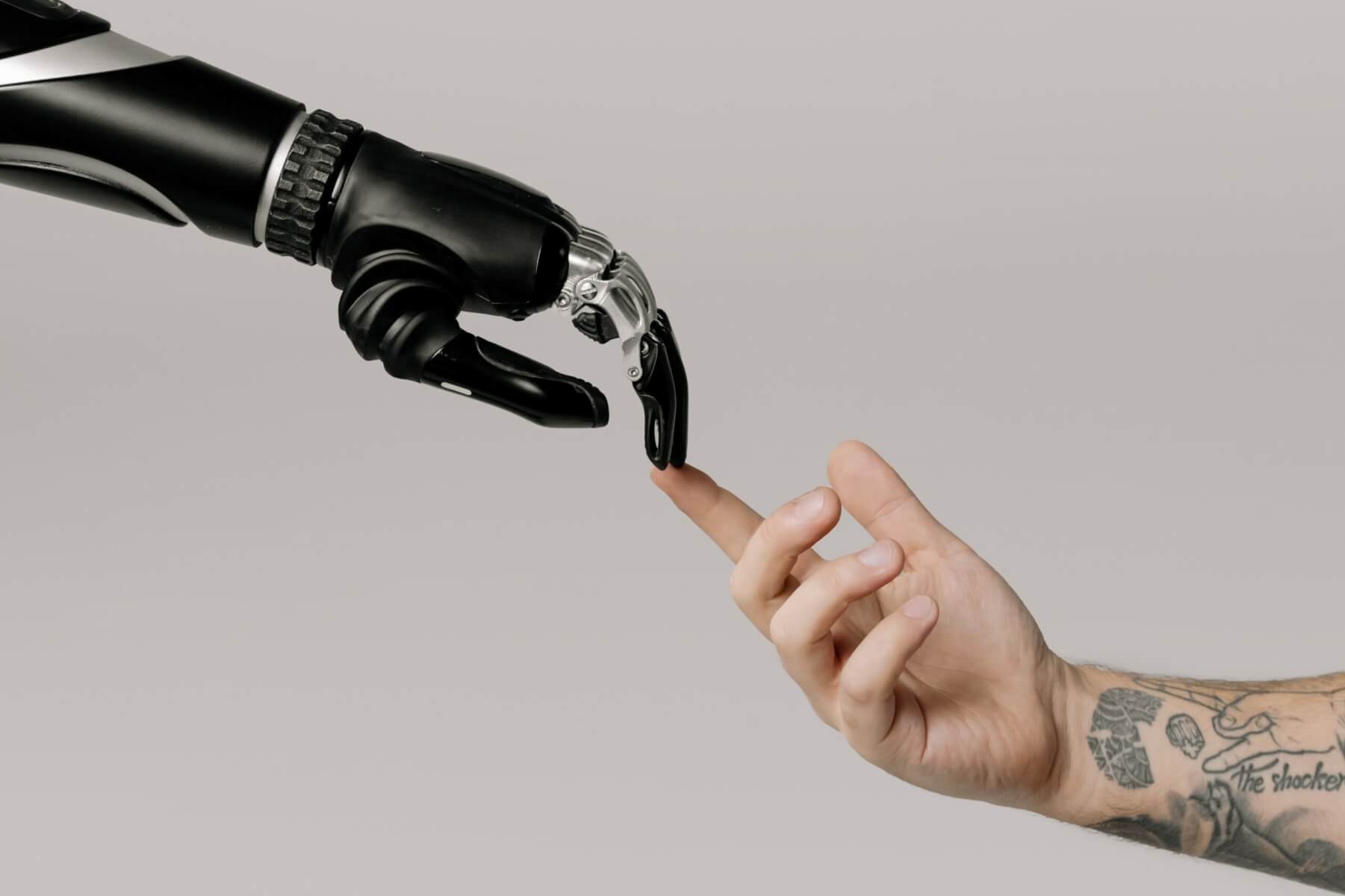Education plays a crucial role in shaping our lives and preparing us for the future. As we move into a time when technology is changing, it is important to look into how educational studies can use new ideas to improve learning tools.
In this article, we’ll look at the interesting options and possible future directions of educational research, with a focus on new ideas that can change the way we learn.
By simplifying complex concepts and providing practical examples, we’ll shed light on the future of learning technologies.
The Rise of Personalized Learning
Traditional education tends to use a one-size-fits-all method, but personalized learning is the future of educational research. This new way aims to tailor education to each person’s skills and learning styles. Imagine a virtual teacher who adjusts to your needs and walks you through custom lessons while giving you feedback in real-time. AI systems can spot trends and give personalized information by studying student data from educational sites. This makes learning more personal.
Consider a student who struggles with math but excels in creative arts. A personalized learning system would identify the student’s strengths and weaknesses, providing extra support in math and challenging art projects. This method not only gives more confidence in areas where the student struggles, but it also makes the learning experience better.
In the same way that personalized learning has changed the way people learn, the world of academic writing has seen a rise in valuable support. While personalized learning focuses on tailoring to individual needs, research paper helper on StudyClerk offer personalized guidance to students. These helpers serve as trusted companions. They provide expert help throughout the research paper process. With the support of research paper helpers, students can refine their writing abilities.
Virtual Reality (VR) and Augmented Reality (AR)
The future of educational study has a lot to gain from combining engaging technologies like virtual reality (VR) and augmented reality (AR). These tools can create engaging and interactive learning environments. They can transport students beyond the confines of a traditional classroom.
Imagine studying ancient civilizations by visiting archaeological sites or dissecting a frog in a virtual lab that looks and feels real.
VR and AR can give people hands-on experiences that make it easier to understand and remember complicated ideas.
Additionally, they can overcome geographical barriers. They connect students from different parts of the world in shared virtual learning spaces. This fosters collaboration and cultural exchange.
Gamification for Enhanced Engagement
The future of educational research also emphasizes the gamification of learning. By putting game-like features into educational tools, students can learn in a way that is fun and engaging. It can also become an immersive experience.
Gamification can include rewards, achievements, and leaderboards. It can also include interactive challenges that motivate students to actively participate and explore various subjects.
An online language learning platform could use gamification. It could award points or badges for completing lessons, achieving fluency milestones, or engaging in conversation with native speakers. This approach enhances motivation and fosters a sense of accomplishment and progress. It makes the learning journey more engaging and enjoyable.
Artificial Intelligence (AI) for Intelligent Tutoring
Artificial intelligence (AI) has already started revolutionizing various fields. Education is no exception. The integration of AI in learning technologies enables intelligent tutoring systems. These systems can understand students’ individual needs, adapt content delivery, and provide personalized feedback.
AI algorithms can analyze large datasets. They can identify learning patterns and pinpoint areas of difficulty.
This allows students to receive targeted guidance. It also enhances their learning outcomes. An AI-powered math tutor can identify specific problem areas and provide step-by-step explanations. And it can even offer practice exercises designed to address individual challenges.
Group Learning in Digital Spaces
In digital places, group learning is the future of educational study. Students can connect with friends from all over the world through online tools. This makes it easier for students from different cultures to work together and share information.
These tools allow students to work on group projects, have talks, and solve problems without being in the same place.
Imagine, for example, a virtual classroom. Students from different countries collaborate on a science project. They share diverse perspectives and collectively brainstorm innovative solutions.
This cooperative method enhances teamwork and communication skills. It also broadens students’ horizons by exposing them to different cultures and ideas.
As we move into the future, educational research is ready to use new tools that can change the way people learn.
The future could change things through personalized learning and engaging virtual reality and augmented reality experiences. It could also change things through gaming, artificial intelligence, and shared digital places.
We can make educational research pave the way for improvements in learning tools. Additionally, we should put students’ needs first. By taking advantage of these new ideas, we can open up a whole world of opportunities and shape the future of education.
Article contributed by Percy J. Bunnell
About the author: Percy J. Bunnell is an experienced and leading article writer and academic researcher. He has written a lot of articles to help college students become better writers. He enjoys visiting new destinations and reading books during his leisure time.
Image from Cottonbro on Pexels
Also read: How Technology is Changing the Landscape of Law Assignment Writing
Follow TechTheLead on Google News to get the news first.



















